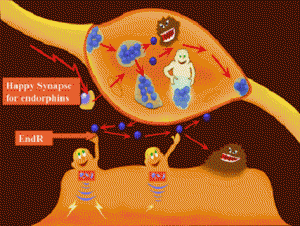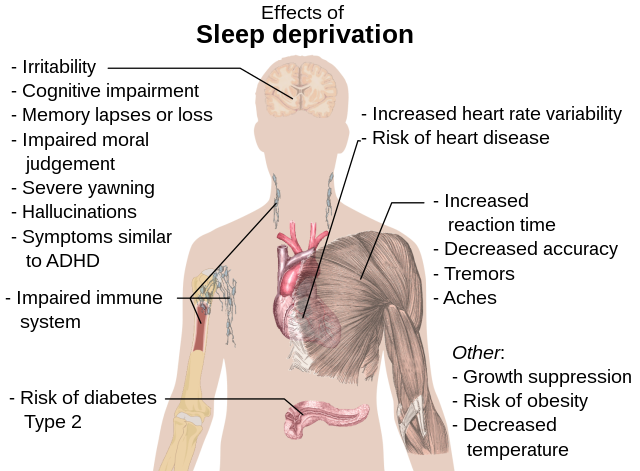After a long winter it’s no doubt that we all put on a few extra pounds. Summer is on the horizon and you know you’ll have to shed your winter wear, exposing those soft spots around your belly and love handles.
Unfortunately, the average student usually has too much on their plate from commuting to school to late night cramming sessions. This leaves no time for long intensive workouts at the gym.
What if we can get more out of our workouts with less time and less effort?
Too good to be true?
Well a team of scientists out of Australia might have solved this problem for all us “busy” people. Dr. Boutcher and his team placed 45 overweight women through their SPRINT-training which is a short, high-intensity training based on cycle sprints over 12 weeks. They discovered a significant drop in their abdominal fat and an increase in muscle mass.
Nothing out of the ordinary, high-intensity training has been known to be a great fat burning workout, but this is where it gets very interesting.
It was found 1 hour SPRINT-training a week burns the same amount of body fat in men as jogging for 7 hours a week.

Brian McPhail, an S-3 clerk with 7th Marine Regiment, ‘sprints’ as fast as he can on a stationary bike. Source: Wikimedia
So what is SPRINT training?
Using a fitness bike, you sprint for 8 seconds, followed by 12 seconds of exercising lightly for a total of 20 minutes. You would perform this 20 minute exercise three times a week for a total of 1 hour of exercise a week, which should fit in anybody’s schedule.
Why does it work?
“We think the reason that it works is because it produces a unique metabolic response,” said Professor Boutcher.
During the intermittent 8 second sprinting large amounts of catecholamine is released. A specific hormone that is involved in oxidizing fat storage which results in greater weight loss.
Furthermore, with this short burst of high intensity output with a longer period if normal output hinders the build up of lactic acid in your muscles. This is that painful burn you feel when your muscles are actually doing work, in simple terms this type of training helps prolong your workouts because it takes longer for your muscle to tire out.
This video gives a brief overview of where catecholamine and other steroids come from:

Source: harpinmartin
This kind of exercise is great for people who don’t have time to spend hours in the gym, and even better you only require a stationary bike which is not that expensive to purchase for yourself.
Lastly, Dr. Boutcher notes that “Overall, any type of exercise is good. You just have to work out your objectives, whether it is to increase muscle, lose fat, or enhance other aspects of your life such as improving the quality of your sleep.”
-Alvinesh Singh




























